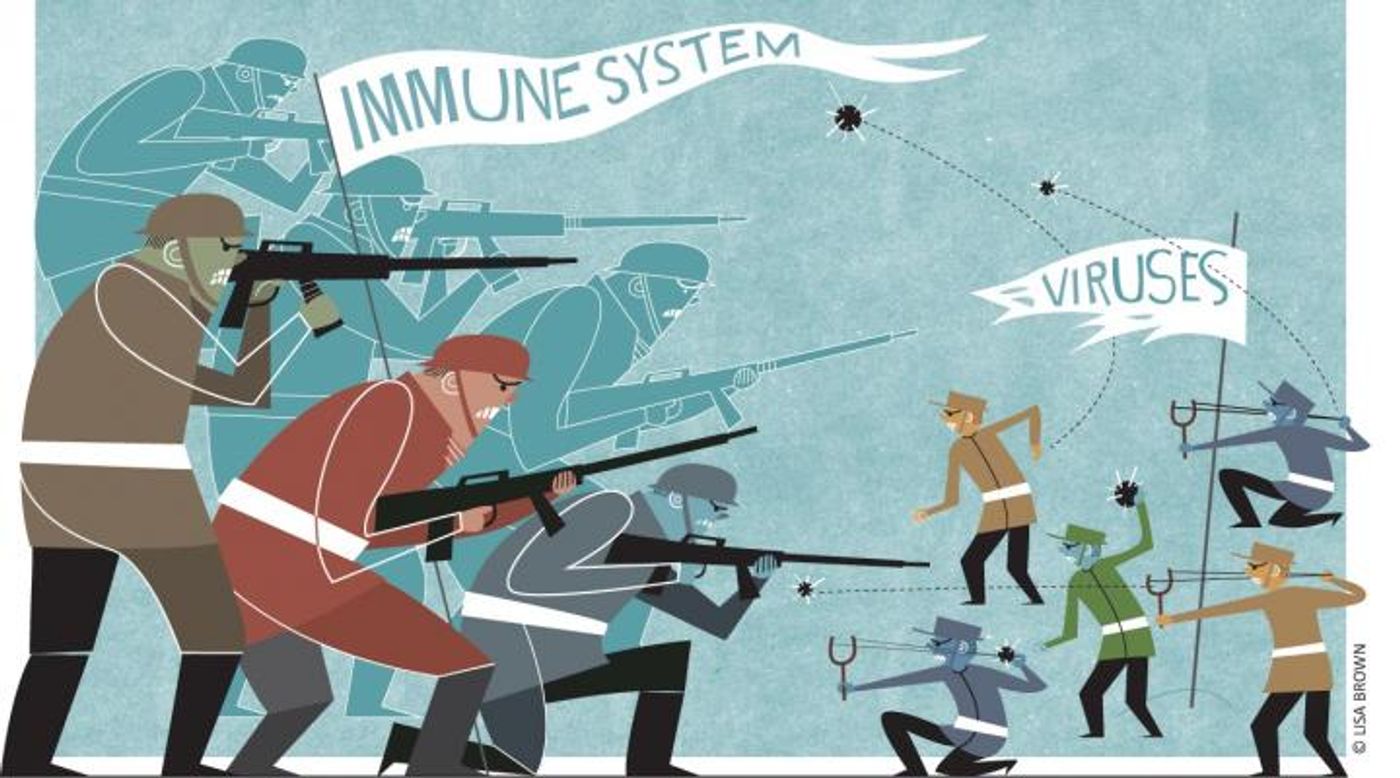The Missing Link in the Immune "Home Security System"
The immune response to viruses includes a group of signaling proteins that act like a home security system in the body, warning nearby cells of an imminent viral infection. In a recent study from Trinity College Dublin, scientists implicated a protein involved in the process, new to the warning pathway but not new to known cellular processes in the body.
In a new study published in the journal Cellular and Molecular Life Sciences, researchers confirmed that STAT3, or “signal transducer and activator of transcription 3,” is a significant part of the body’s antiviral response. Until now, STAT3 was only known to be a protein important for cell growth and apoptosis.
The home security system, more technically known as the interferon pathway, begins as part of the antiviral response when virally-infected cells produce interferon proteins. Interferon proteins, named for their ability to literally interfere with viral replication within host cells, warn neighboring cells of the infection, triggering a signaling pathway that scientists describe as being activated “like a series of dominos.”
At different points in the pathway, hundreds of immune molecules are produced, designed specifically to fulfill one purpose: destroy viruses. So if this multi-step antiviral response is in place to protect the body from viral infections, how do viruses still manage to be so detrimental to human health?
Over time, it seems that viruses have evolved in multiple ways to impede interferon signaling pathways in order to evade the immune response and replicate uninhibited. "We thought that since the Interferon signaling pathway enhances the immune response against viruses so effectively, viruses might have evolved means to block it - such a reality would explain why several viruses are so troublesome to defeat,” explained study leader Dr. Nigel Stevenson.
Stevenson’s and his team studied the interferon response to both hepatitis C virus (HCV) and respiratory syncytial virus (RSV), which is where they eventually realized the involvement of STAT3. These and other viruses specifically target the interferon signaling pathway to avoid destruction by the immune system.
"For decades we have known that STAT3 is essential for healthy cell growth, but our new revelation identifies it for the first time as an essential anti-viral component in the Interferon signaling pathway,” Stevenson said. “In fact, we found that without STAT3, cells cannot fight the common Flu virus or the Pox vaccinia virus."
Stevenson hopes that these research findings will aid the development of new treatment options to help virally-infected patients “restore their natural immunity.” If scientists could discover ways to prevent viruses from thwarting the immune system by disturbing the interferon signaling pathway, they could bypass other more complicated antiviral approaches.
Sources: Trinity College Dublin, National Center for Biotechnology Information, MedlinePlus









